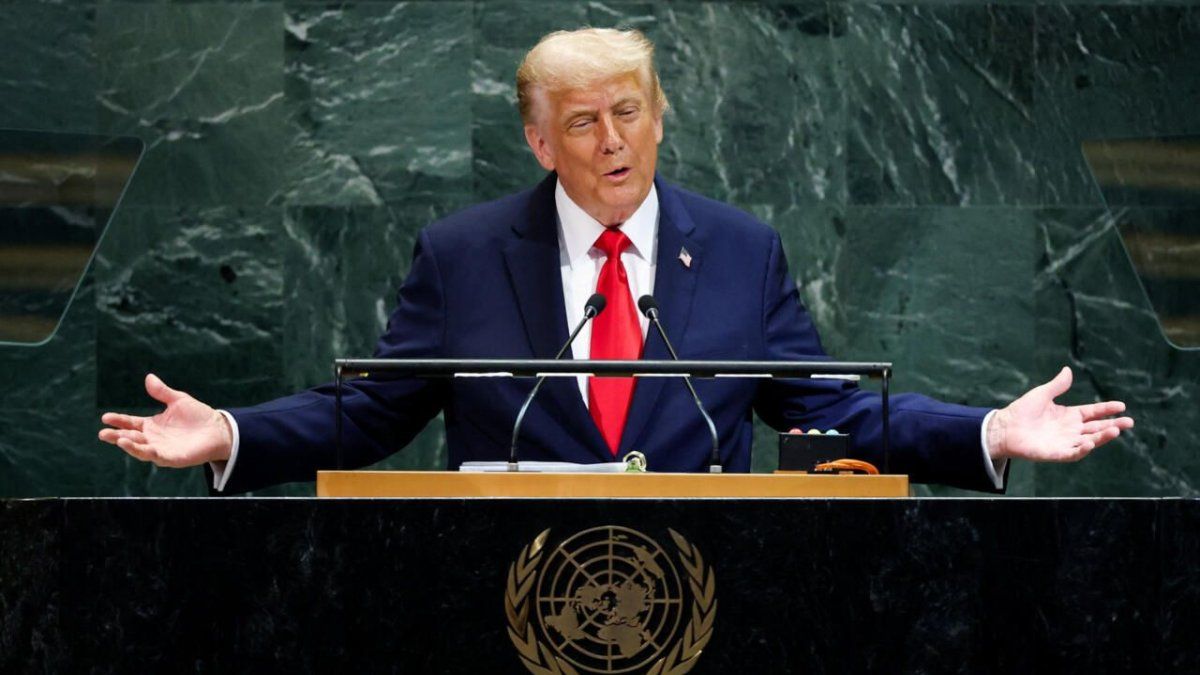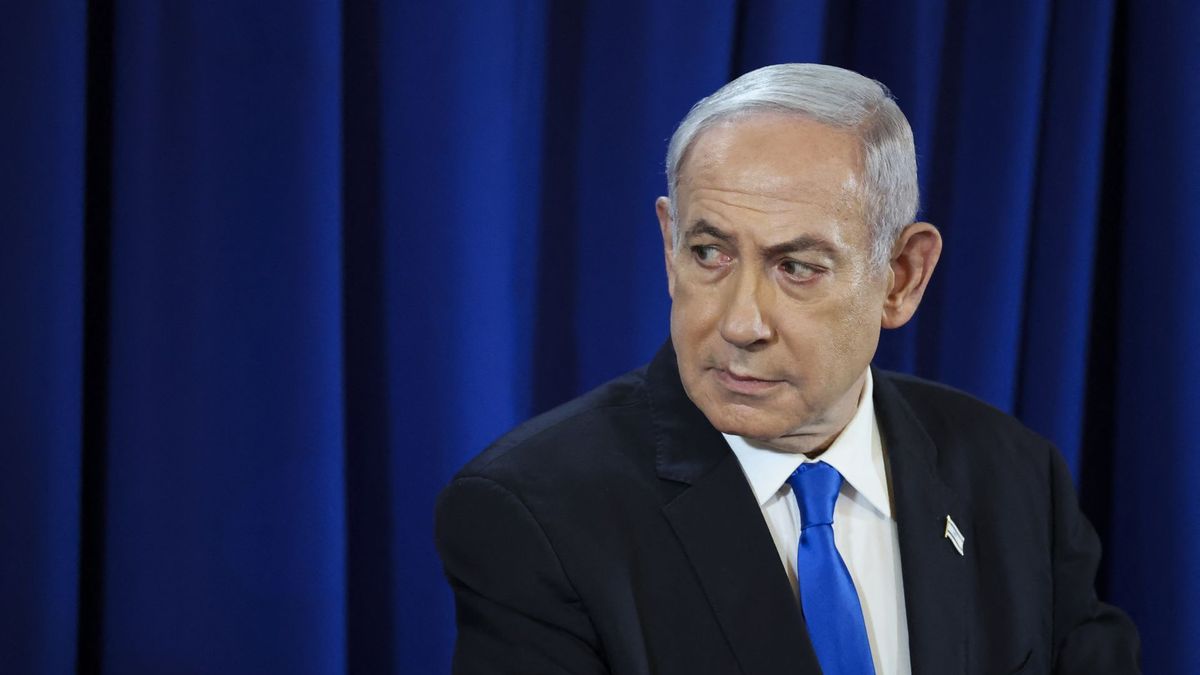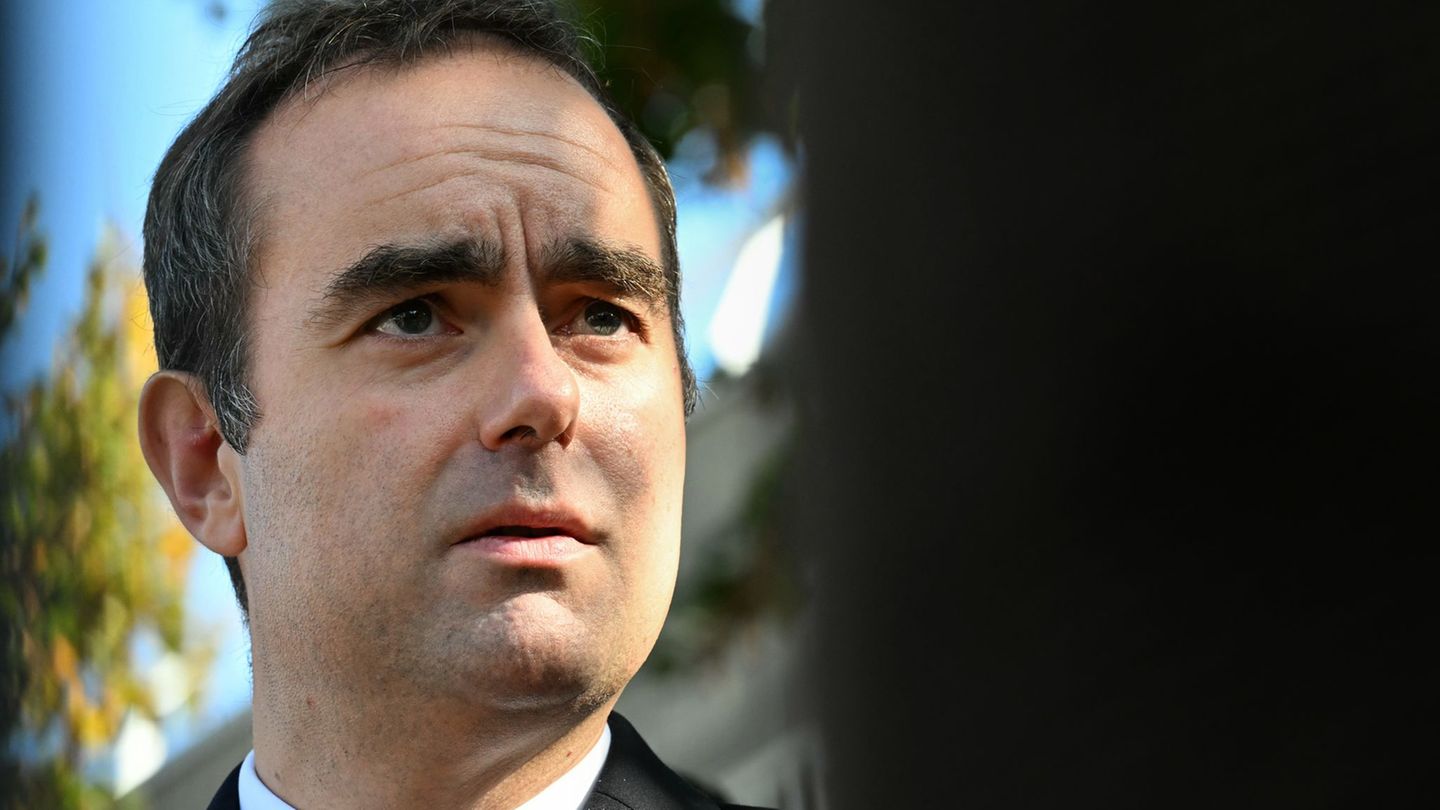Through communication to 8206, issued on Thursday, the agency established a new standard that transport companies must adopt that They wish to incorporate this means of payment. This system, based on QR codes, It will be operational as of May 12.
“All public transport that wants to accept payments with QR must comply with the standard regulated by the BCRA,” official sources explained. In addition, they stressed that the measure guarantees interoperability, allowing users of digital wallets registered with the BCRA to pay their trips on those platforms that adopt this modality.
How will the payment be made with QR
The standard presented this Thursday was based on a solution developed by Mercado Pago, known as “QR acceptor”. This technology, specifically designed for public transport, allows collection mills or terminals to “read” the user’s digital wallet more quickly than a traditional QR code and without the need for Internet connection.
Unlike Transfer payment scheme (PCT), In the travel mode with QR (VQR) the user must generate a QR code from its digital wallet, which will be scanned by a validator installed in public transport. As stipulated in the regulations, in a first stage only payments with debit from bank accounts (CBU) and payment accounts (CVU) will be enabled.
The system involves two key actors: on the one hand, digital wallets, both banking and payment service providers (PSP); And on the other, the QR administrators, which will be the companies responsible for processing payments through the readers installed in the transport. In this group are actors such as Mercado Pago, Nación Servicios and Open Pass, among others.
The Fintech Chamber celebrated the measure of payments with QR in public transport
After the announcement of the measure, the Fintech Chamber expressed its support for the use of QR codes as a means of payment for public transport and described it as a “fundamental step” to expand payment options and “strengthen financial inclusion.”
According to the information provided by the camera, thes QR transactions registered a growth of 212% compared to the same period of 2023, “with a strong adoption at socioeconomic levels D and E, historically displaced segments of the financial system“They stressed. In addition, they added that payments with cards in the Buenos Aires subway also marked a strong use of digital payment modalities: 15 million trips made, 2 million were paid with contactless methods.
“With the incorporation of the QR, another step towards the universalization of electronic payments is advanced, reinforcing the freedom of choice of users, especially those who do not use cards or do not have NFC devices, and contributing to an increasingly dynamic financial system,” they added.
Source: Ambito
I am a 24-year-old writer and journalist who has been working in the news industry for the past two years. I write primarily about market news, so if you’re looking for insights into what’s going on in the stock market or economic indicators, you’ve come to the right place. I also dabble in writing articles on lifestyle trends and pop culture news.




